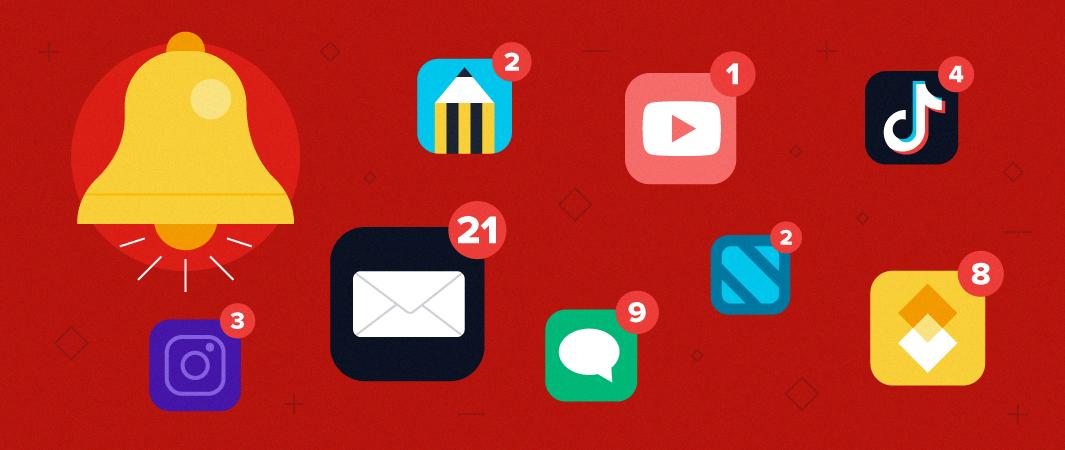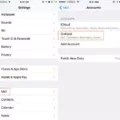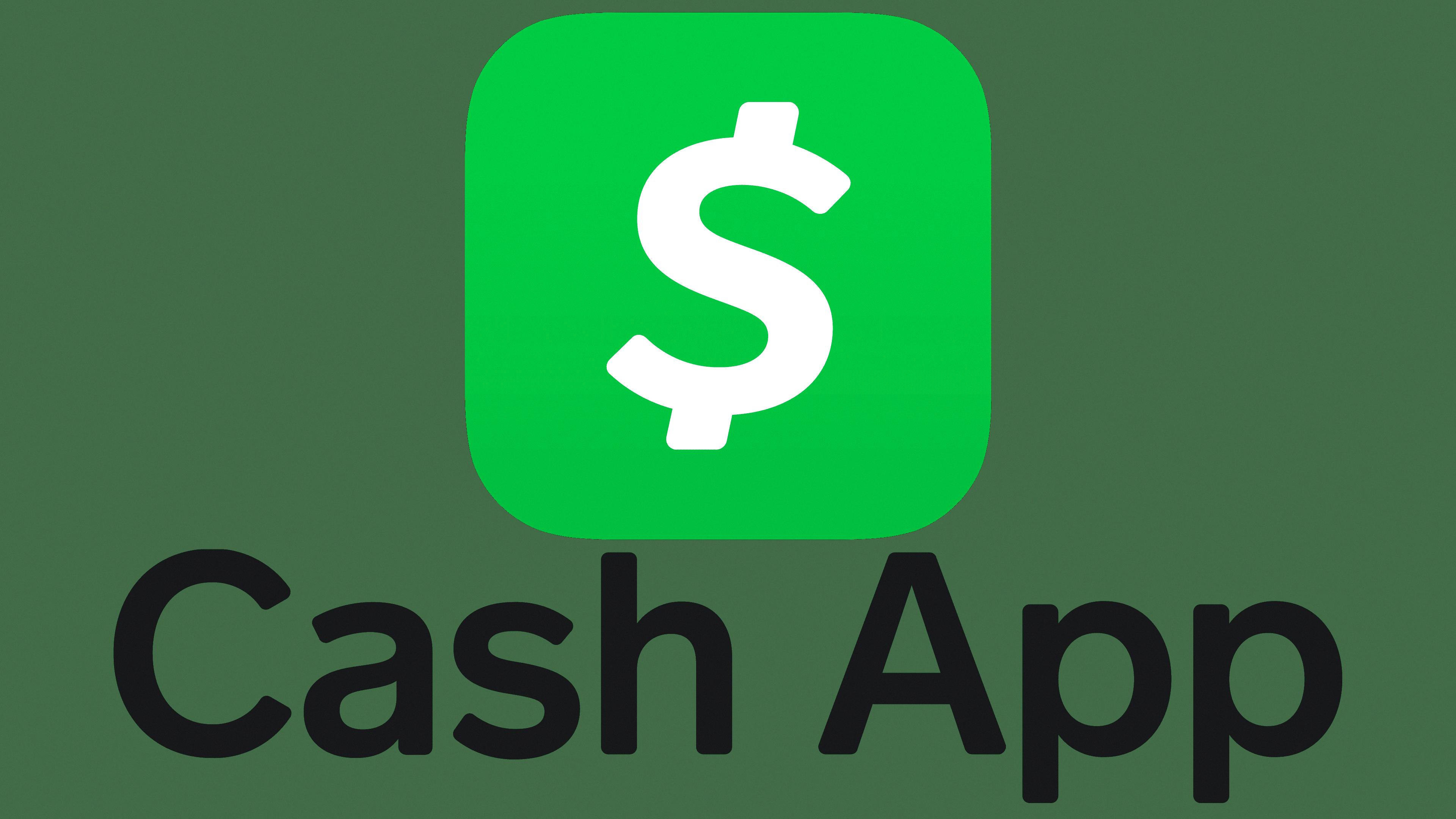App icon badges, also known as notification dots, have become a familiar sight on our smartphones. These small indicators, displayed on the app icons, serve as a visual reminder that there are active notifications waiting for our attention. In this article, we will explore what these badges mean and how they enhance our user experience.
When an app has an active notification, a badge will appear on its icon. This badge is a small dot or number that provides a quick glance at the number of pending notifications. It is a way for the app to communicate with the user, even without opening the app or checking the notification tray.
The purpose of these badges is to provide users with a visual cue that there is new information or activity within the app. They help to draw our attention and encourage us to engage with the app’s content. Whether it’s a missed call, a new message, or an update from a social media app, these badges keep us informed and connected.
With the introduction of Android 8.0 (API level 26), notification badges have become even more prominent. Users can now touch and hold the app icon to reveal the notifications, along with any app shortcuts. This allows for a quick preview of the notifications without fully opening the app.
App icon badges play a crucial role in managing our notifications. They help us prioritize our actions by indicating which apps require immediate attention. For example, a high number badge on an email app may signal an overflowing inbox that needs to be addressed. On the other hand, a low number badge on a news app may indicate a few unread articles that can be checked later.
These badges also provide a sense of organization and control over our notifications. By seeing the badges on the app icons, we can quickly identify the apps that have pending notifications and decide which ones to address first. This saves us time and allows us to stay on top of our digital lives.
It is important to note that app icon badges are customizable. Users have the flexibility to enable or disable them according to their preferences. This allows for a personalized notification experience, tailored to individual needs and habits.
App icon badges, or notification dots, are a valuable tool in our digital lives. They provide a visual indication of pending notifications, helping us stay informed and connected. With their customizable nature, they allow users to manage their notifications efficiently and prioritize their actions. So next time you see a badge on your app icons, remember that it’s there to enhance your user experience and keep you in the loop.
What Happens If You Turn Off App Icon Badges?
If you turn off app icon badges, you will no longer see any visual notifications on the app icons on your device’s home screen. This means that you won’t be able to see the number of unread messages, missed calls, or other pending notifications directly on the app icons themselves.
However, it’s important to note that turning off app icon badges does not affect other types of notifications, such as banner notifications or lock screen notifications. These will still be displayed on your device as usual.
When you disable app icon badges, you will not receive any visual indications on the app icons themselves regarding new notifications or pending actions. But you will still receive notifications through other means, such as banners or on the lock screen.
To help clarify further, here is a bullet list summarizing the effects of turning off app icon badges:
– No visual notifications will be shown on app icons.
– The number of unread messages, missed calls, or other pending notifications will not be displayed on the app icons.
– Other types of notifications, such as banners or lock screen notifications, will still be displayed as usual.
It’s worth mentioning that the specific steps to turn off app icon badges may vary depending on the operating system of your device.

What Does the Badge App Icon Do?
The badge app icon is a feature introduced in Android 8.0 (API level 26) that appears on a launcher icon when the associated app has an active notification. It serves as a visual indicator to users that there are unread or pending notifications for that app.
Here’s what the badge app icon does:
1. Notification indicator: The badge app icon displays a small dot or number on the corner of the app icon, indicating the number of unread or pending notifications for that app. This allows users to quickly see if there are any new notifications without having to open the app.
2. Touch and hold functionality: When users touch and hold the app icon on their device’s home screen, the notifications associated with that app are revealed, along with any app shortcuts. This provides users with a convenient way to access their notifications without navigating through the app itself.
3. Notification management: Users can directly interact with the notifications shown when they touch and hold the app icon. They can dismiss individual notifications, clear all notifications, or take specific actions based on the notification content. This helps users stay organized and easily manage their notifications.
4. App shortcuts: Along with the notifications, the touch and hold functionality also displays any app shortcuts available for the app. These shortcuts can be customized by the app developer to provide quick access to specific features or actions within the app.
The badge app icon is a visual indicator that appears on an app icon to show the number of unread or pending notifications. It allows users to quickly see if there are any new notifications and provides easy access to the notifications and app shortcuts by touch and hold interaction.
What is the Meaning of App Icons?
An app icon, also known as an app logo, is a distinctive image that serves as a visual representation of an application on a user’s mobile device. It plays a crucial role in identifying and differentiating the app from others installed on the device. The app icon is not only visible on the home screen but also appears in various other places within the device’s interface, such as the settings menu, search bar, and app switcher.
The primary purpose of an app icon is to provide users with a quick and recognizable visual cue for locating and accessing the app. When users scan their device’s home screen or app drawer, the unique app icon helps them identify and locate the desired application efficiently, especially in cases where multiple apps may have similar names or functions.
Furthermore, app icons contribute to the overall user experience by creating a visual identity for the application. A well-designed and visually appealing app icon can convey the app’s brand, purpose, or key features, helping to establish a strong first impression and enticing users to engage with the app. It serves as a visual representation of the app’s identity and can influence a user’s decision to download or interact with it.
In addition to serving as a visual identifier, app icons are also utilized within the App Store (for iOS devices) or Google Play Store (for Android devices). When users browse these app marketplaces, the app icon is among the first elements they encounter. A compelling app icon can catch users’ attention, encourage them to read more about the app, and potentially lead to an increased number of downloads.
Conclusion
App icon badges, also known as notification dots, are a feature introduced in Android 8.0 (API level 26) that appear on a launcher icon when the associated app has an active notification. These badges serve as a visual indicator to users that there are new notifications or alerts from the app.
By touching and holding the app icon, users can reveal the notifications and any app shortcuts that may be available. This allows users to quickly access and view the content of the notifications without having to open the app itself.
App icon badges are a useful tool for keeping users informed and engaged with their apps. They provide a convenient way to stay updated on important alerts or messages without the need for constantly checking the app or relying solely on push notifications.
It’s worth noting that app icon badges are separate from app notifications. Even if a user has disabled app notifications, the badge may still appear on the app icon if there are new notifications. This provides a versatile way for users to choose how they want to be notified and stay up to date with their apps.
App icon badges enhance the user experience by providing a visual cue for new notifications and allowing for quick access to app content. They are an effective way to keep users engaged and informed, making them a valuable feature for app developers and users alike.













